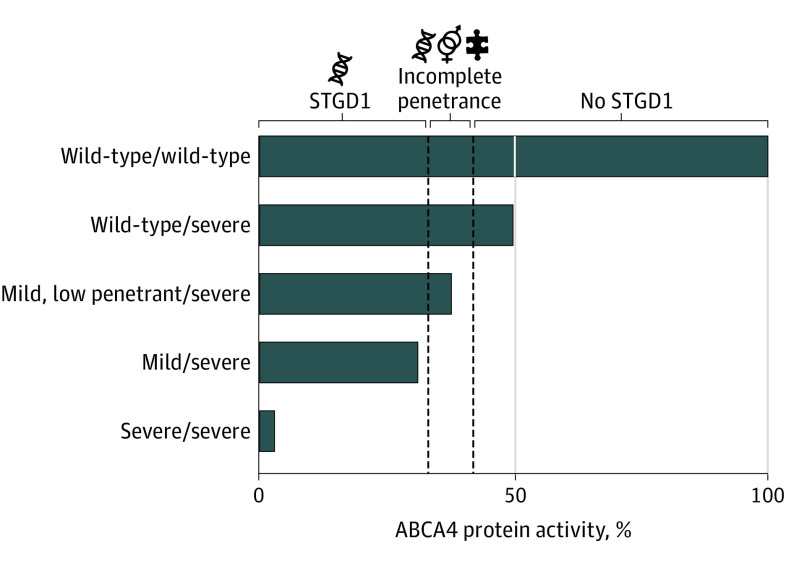Figure 3. Sex and Other Modifying Factors Associated With Risk for Stargardt Disease (STGD1).
Shown is a modification of the previously proposed ABCA4 disease model that associated genotypes with phenotypes on the basis of the residual activity of the ABCA4 protein.24,25,26 In individuals heterozygous for 1 severe variant, ABCA4 activity was reduced to 50%, which does not lead to STGD1. In a previous in vitro study, individually tested variants were considered mild if the percentage of wild-type messenger RNA, which we extrapolated to the residual protein activity, was 60% to 80%.21 Therefore, a combination of a severe and a mild allele leads to a total residual activity of approximately 30% to 40% and results in classic STGD1 (mild/severe bar). Because the expression of a mild, low-penetrant allele was variable, its combination with a severe variant could result either in generally late-onset STGD1 or in a normal phenotype (Mild, low penetrant/severe bar). Only in this latter category of individuals might sex and other genetic, epigenetic, and nongenetic modifiers alter the risk for developing STGD1.

